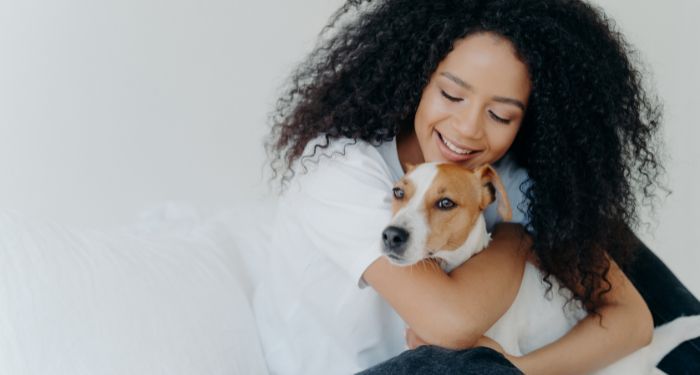
8 Great Books to Read About the Relationship Between Humans and Animals
I don’t have any pets, mainly because my condo building doesn’t really allow them, but also because I’m trying to keep a small, rambunctious human alive and well, and for now, that’s enough. Growing up, we had guinea pigs and fish, thanks to allergies, but when I was in grad school, I was lucky enough to have a roommate one year who had a dog. Now, until that point, I never liked big dogs; I was too scared of them. But this one — Izzi — stole my heart. She was a big dog who thought she was a lap dog, and for the first time in my life, I (sort of) had a real pet. I was her Mama Jaime. When Izzi passed away a few years ago, the sadness I felt surprised me. But it speaks to how animals can touch our hearts, as well as the bond that humans have with them.
My son watches animal shows on television and loves Jane Goodall. I’m no stranger to relationships between animals and humans, and how we impact each other and our environments. But it’s not something I think about often, if I’m honest. To further explore this, I put together a list of eight books that explore the relationships between humans and animals in a variety of ways.
Get comfortable, maybe turn on some Animal Planet, and let’s dive in!
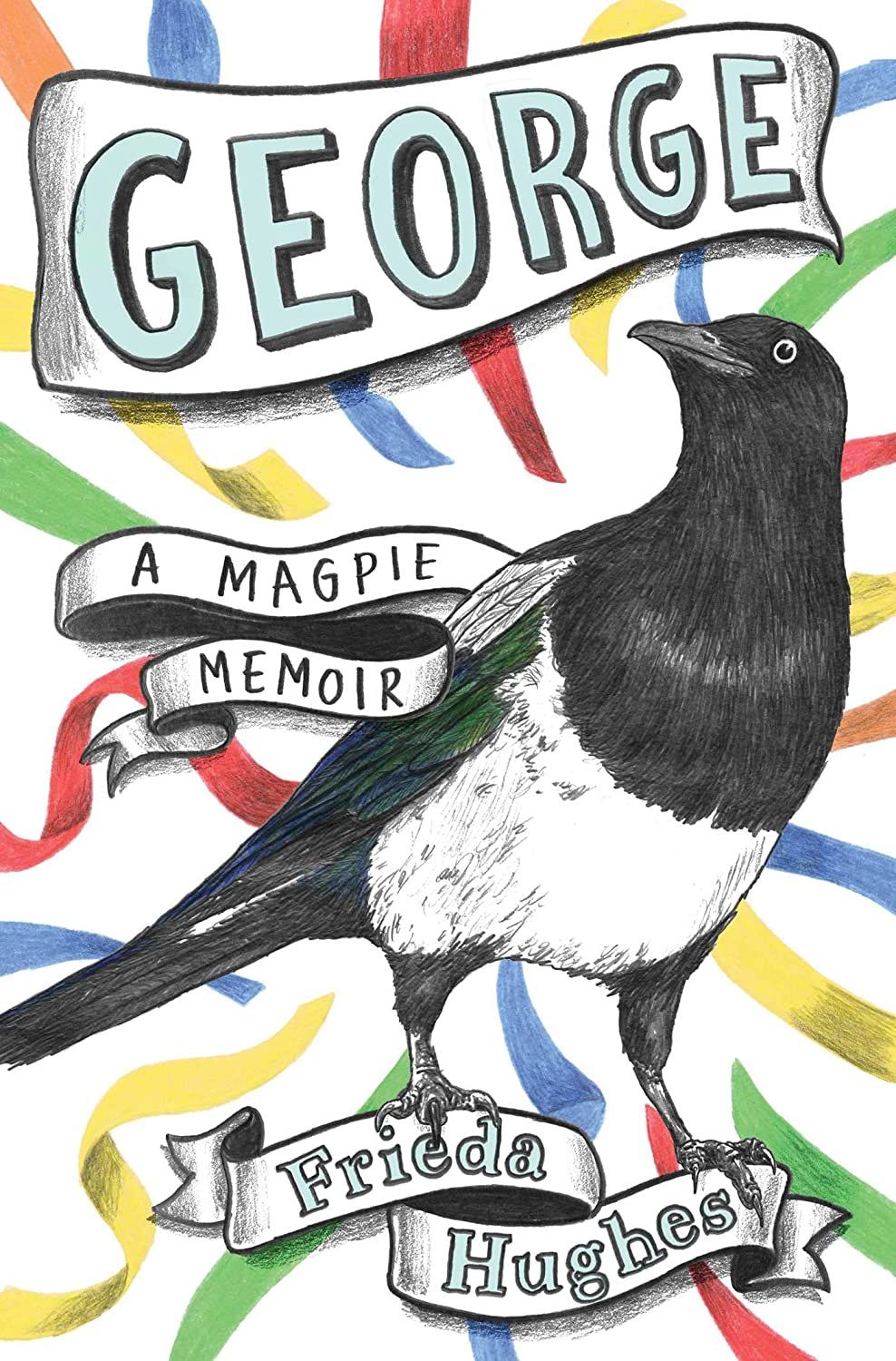
George: A Magpie Memoir by Frieda Hughes
When Hughes (yes, that Frieda Hughes) moved to the Welch countryside, the last thing she expected to be doing was rescue a baby magpie. It was the only survivor from its nest after a storm. As George — what she named the magpie — grows, so, too, does the relationship between the two, changing Hughes in ways she never expected. She loves taking care of him, but is also nervous about setting him free on his own (as a parent, this sounds oddly familiar…). It’s a funny, touching book that illustrates how powerful the bond between humans and animals can be.
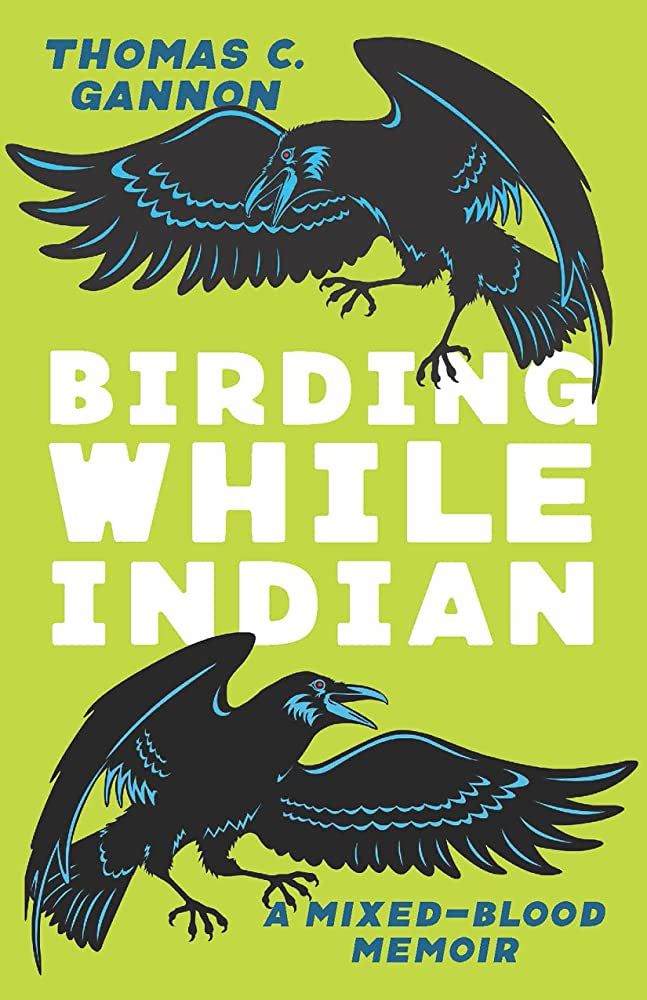
Birding While Indian: A Mixed-Blood Memoir by Thomas C. Gannon (June 27th)
Even if you’re not a birder, you might just become interested in it after reading this memoir. Gannon takes the reader on a personal journey, writing about his early interest in birds as a child, the racism he and his family faced, and his time in an Indian boarding school. He writes about observing various species in the wilderness, the erasure of Indigenous spaces, language, and terminology, and the comfort he finds in both nature — despite the rampant colonialism — and Indigenous literature. It’s a reflective, analytic, and even humorous memoir and love letter to birding that shows how powerful nature can be.
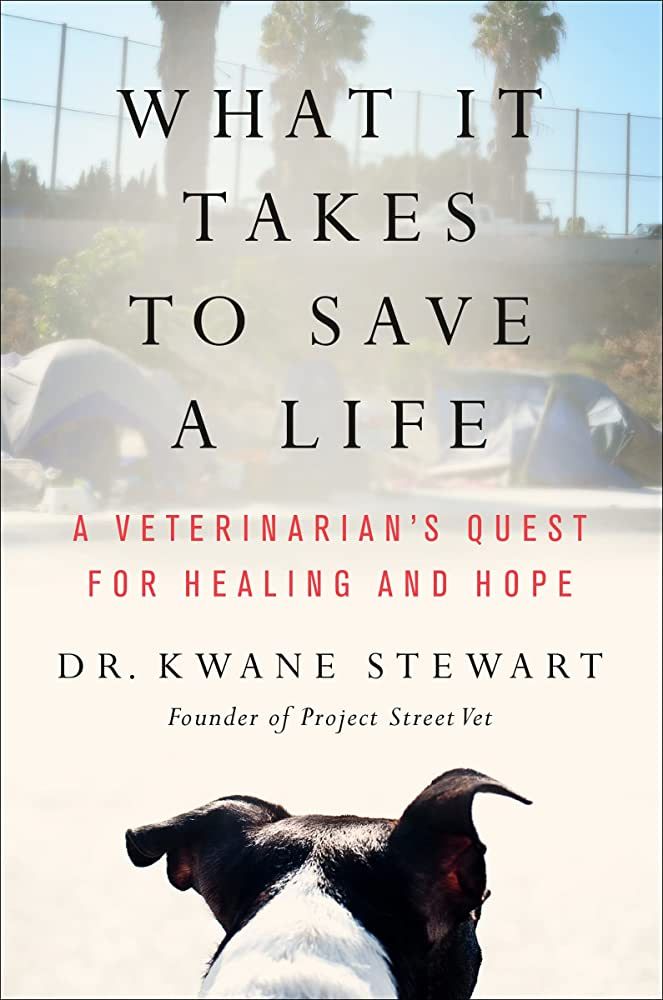
What it Takes to Save a Life: A Veterinarian’s Quest for Healing and Hope by Dr. Kwane Stewart
In this captivating and honest book, Dr. Stewart takes readers inside both his life and profession as a vet, showing how he discovered a love of animals, how he got into veterinary medicine, the state of the field today, and challenges that include burnout and suicide. But he also shares the passion he has for the work he does, the connections he’s forged with animals and their families, and what he’s learned about caring for animals — and their people.
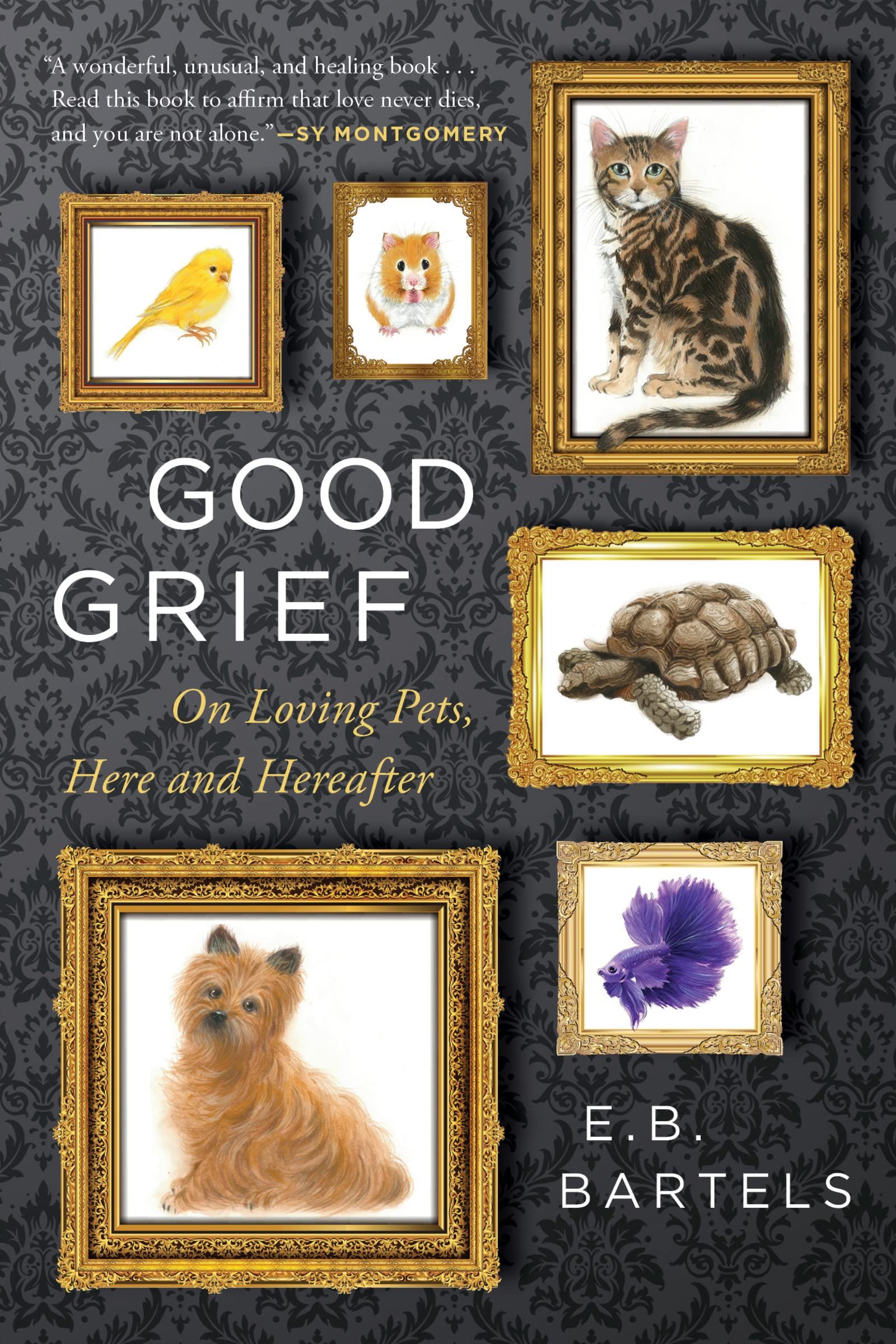
Good Grief: On Loving Pets, Here and Hereafter by E.B. Bartels
Full disclosure: I know the author. However, even if I didn’t, I’d be telling everyone about this book. The bond between a human and their pet(s) is a unique one, and when one loses a pet, it’s a major loss. Bartels explores what it means to love a pet, but focuses also on what happens when we lose a pet. We have rituals for losing a human family member, but what about a beloved animal? She talks to people from all over the world about mourning rituals for pets, how to grieve a pet, and what pets have meant to them. It’s a fascinating look at what it means to love and lose an animal.
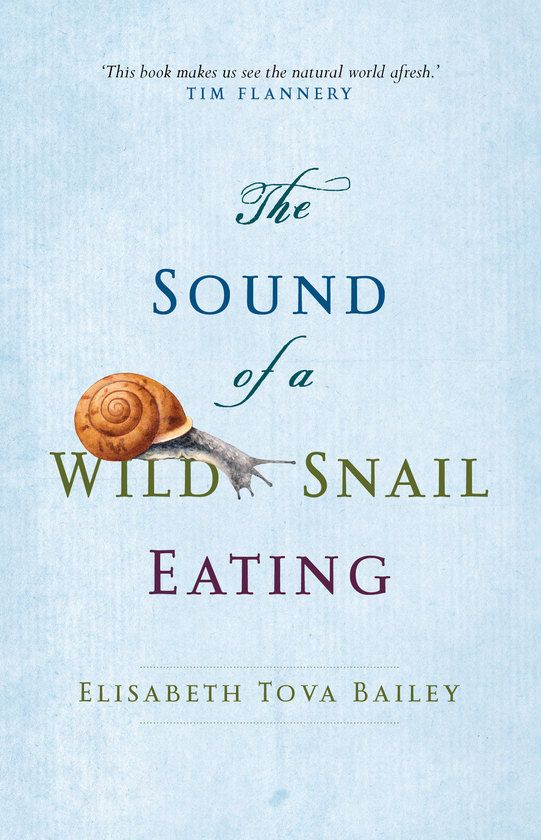
The Sound of a Wild Snail Eating by Elisabeth Tova Bailey
When Bailey is laid up in bed from sickness, she notices a small woodland snail in a pot of violets that a friend has brought her. In the midst of a singularly-focused, intensely personal journey, the snail enters her world, a reminder of the larger world outside herself and her house. Bailey chronicles her observations of the snail, what she learns about this type of snail, and reflections about her own life and place in the world. It’s a gentle but powerful book filled with beautiful writing.
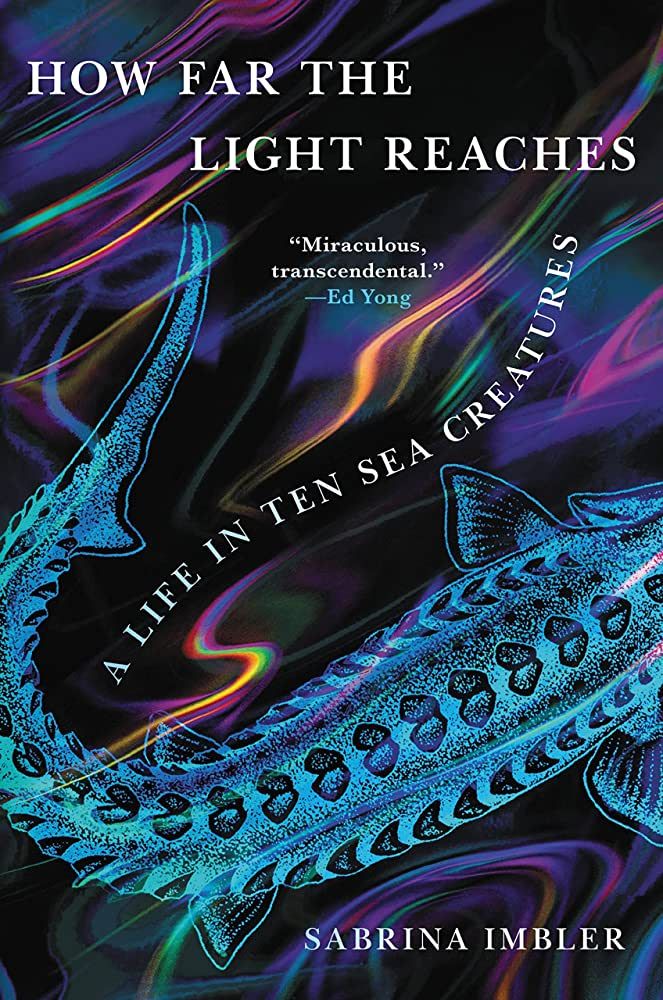
How Far the Light Reaches: A Life in Ten Sea Creatures by Sabrina Imbler
Imbler — a queer, mixed-race writer — has long been fascinated by sea creatures, particularly those living in hostile or remote environments. Perhaps because they work in the largely male, mostly white field of conservation and science journalism. In this compelling book, they look at 10 different sea creatures, exploring how these animals create family and community, and build relationships. They braid together stories of the sea with those from their own life, creating a collection of essays about survival, care, sexuality, and hope.
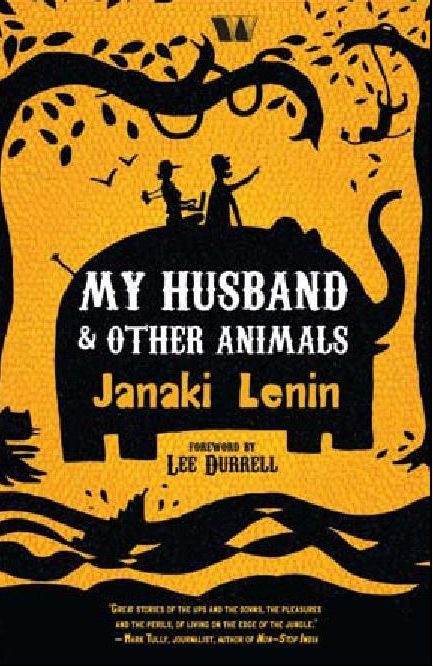
My Husband and Other Animals by Janaki Lenin
Lenin is married to Rom Whitaker, a wildlife conservationist and herpetologist, and is quite the animal fan herself. Combining memoir, science, and history, this is an entertaining and informative collection of essays and stories about animals, wildlife, and plants. She writes about their travels to observe animals, interactions with various kinds of wild animals, and much more, bringing animal personalities to life and showing how intertwined human and animal life is.
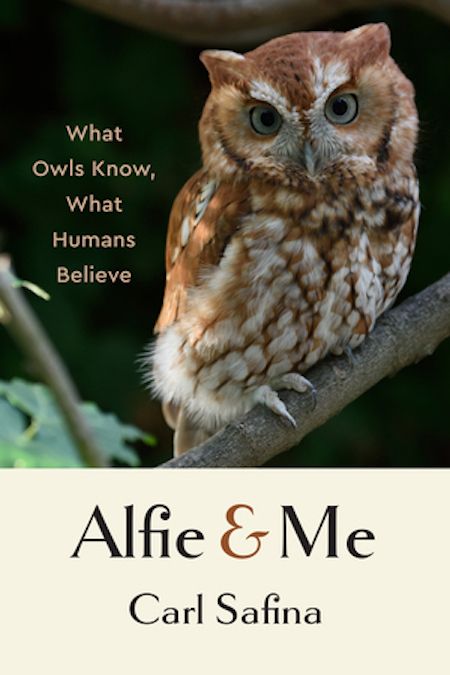
Alfie & Me: What Owls Know, What Humans Believe by Carl Safina (Oct 3rd)
This one doesn’t come out until October, but I had to include it here. When Safina, an ecologist, and his wife rescue a baby owl, whom they name Alfie, who is near death, they think that just like the other animals they’ve rescued in the past, their relationship with it will be temporary. But then they noticed that Alfie’s feathers weren’t coming in correctly, so their caregiving relationship is prolonged — healing both animal and humans.
If you want to read more about animals, check out this post on popular science books about animals, and this post about novels where animals play a significant role.











